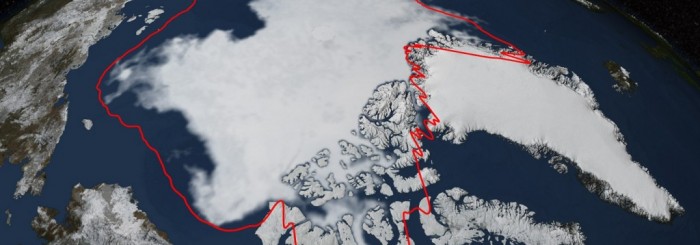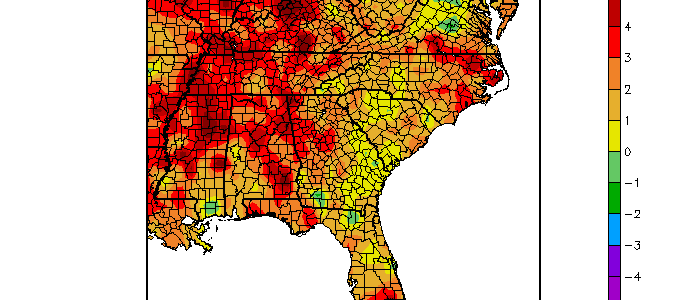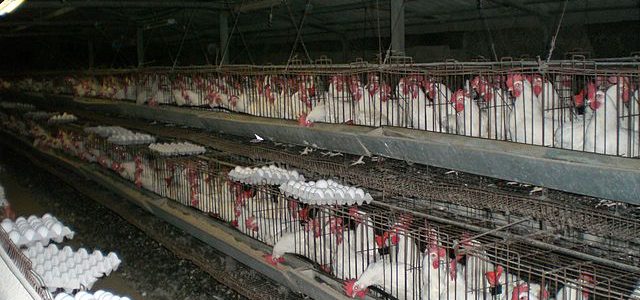Pam Knox
-

This morning Growing Georgia posted a lengthy story from Growing America on updated state by state assessments of damages to agriculture caused by Hurricane Matthew. You can read the article here. In many states, damage was bad but less than expected, while in North and South Carolina the damages from heavy rainfall in particular has caused…
-

Yale Climate Connections has a new 6-minute video on the importance of sea ice to global climate. If you would like to know more about the connections between Arctic conditions and what is happening here in the Southeast and in other parts of the globe, check it out at https://www.yaleclimateconnections.org/2016/10/sea-ice-video-addresses-key-questions/.
Posted in: Climate science -

You may have heard television meteorologists talk about the diurnal cycle in temperature in the past, and I thought I would spend a few minutes to discuss it and how the current drought is affecting the diurnal cycle in some parts of the Southeast. I am using an example from Rome GA, which is in…
-

With October half over, it’s time to see how we are doing so far. The temperature departure map shows that almost all of the Southeast is significantly above normal in temperature. The coolest areas are where rain from Hermine fell last month, but even those areas are near or above normal. The drought-stricken parts of…
-

Here’s a cool video on YouTube from NASA.gov which shows the progression of rainfall along the path of Hurricane Matthew. This animation shows the amount of rainfall dropped by Hurricane Matthew over the life and track of the storm/ IMERG real time data covering the period from Sept. 28 through Oct. 10, 2016 show rainfall from…
-

A very hopeful sign for rain appears in the 7 day QPF forecast. While this weekend will probably be dry and that dryness will continue on Monday through Wednesday, Thursday and Friday look like rain will fall over most of the Southeast. The heaviest amounts are predicted to hit the drought-ravaged areas of northwest Georgia…
Posted in: Climate outlooks -

According to a story today by the News&Observer, “North Carolina farmers face the task of disposing of 1.9 million chickens and turkeys drowned in Hurricane Matthew flood waters. Thirty-five farms in 15 counties lost poultry, said Brian Long, spokesman for the state Department of Agriculture. Most of those birds were chickens, but about 100,000 turkeys…